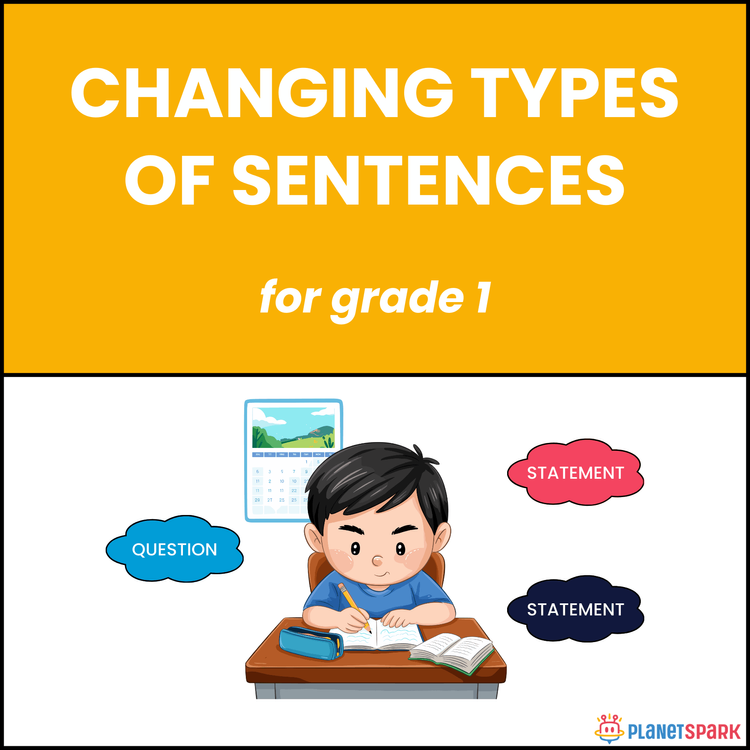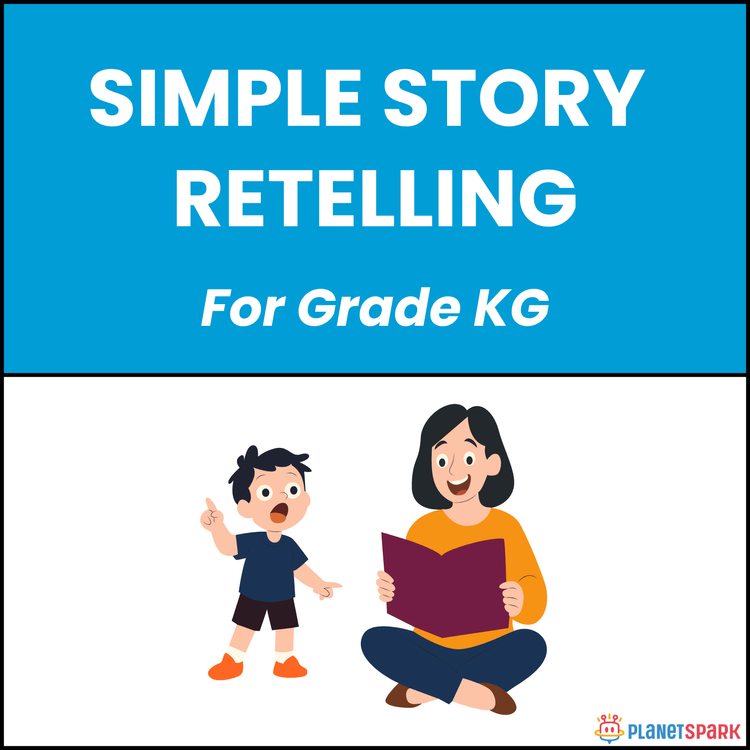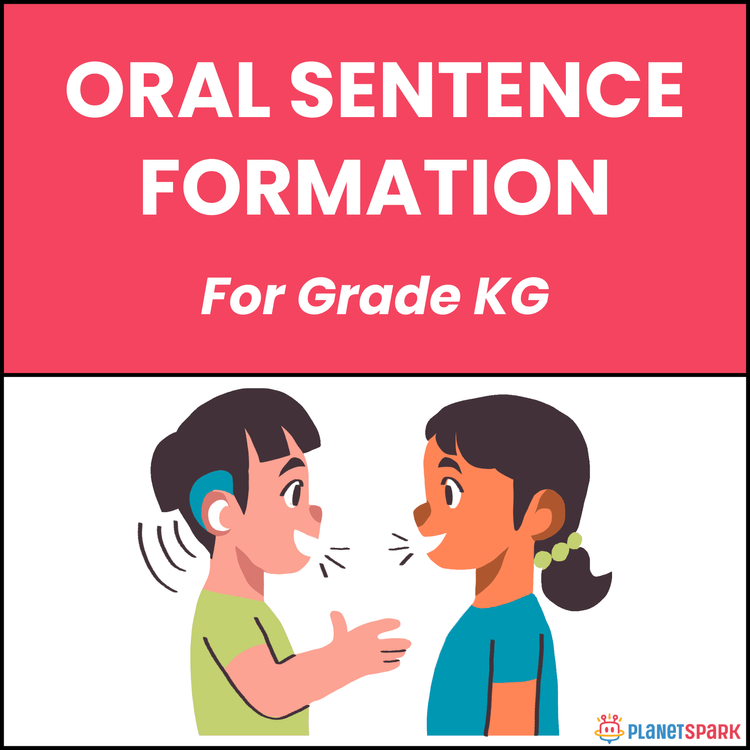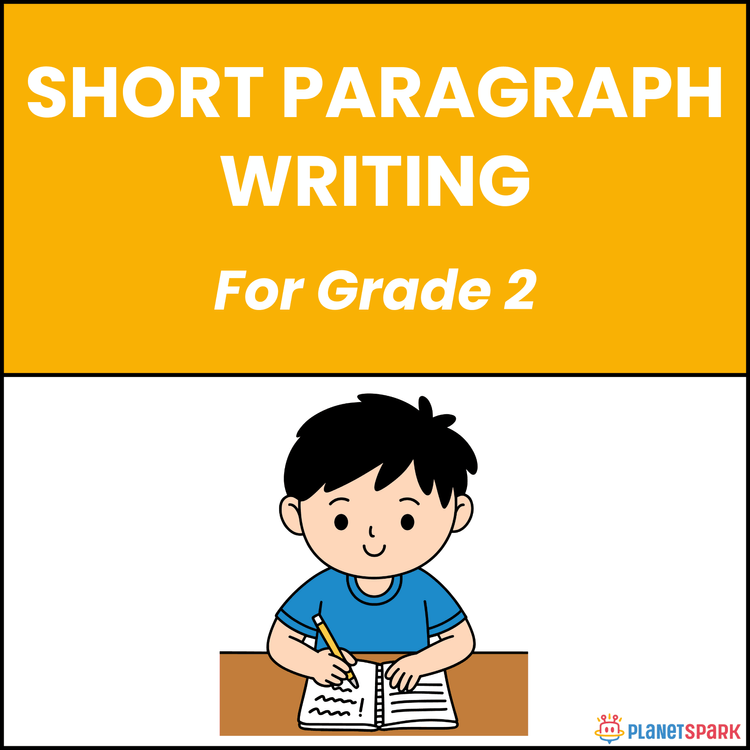Class 1 Reading Passage on At the Bakery
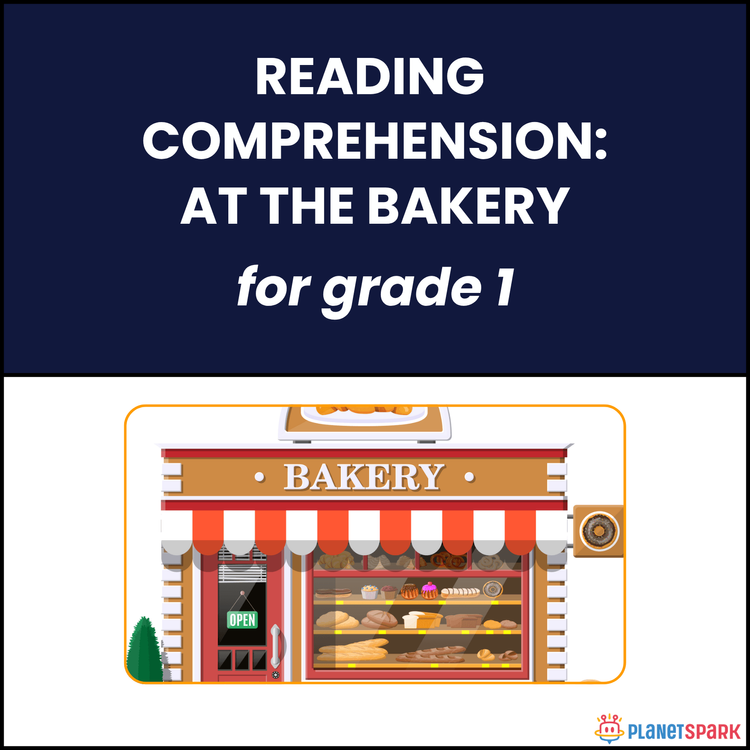

Class 1 Reading Passage on At the Bakery
Sweet Treats and Smiles: Reading Passage “At the Bakery” for Class 1
This Grade 1 reading comprehension worksheet describes a fun and delicious visit to a bakery. It helps children build vocabulary, understand real-life experiences, and appreciate hygiene and teamwork through a short, engaging story.
Why Reading Comprehension Matters in Early Learning?
1. It connects reading with everyday experiences.
2. It strengthens sequencing and recall skills.
3. It teaches responsibility and cleanliness in real-life contexts.
4. It enhances curiosity and descriptive vocabulary.
What’s Inside This Worksheet?
📖 Reading Passage – At the Bakery
The children visited a bakery in their city. They saw breads, cakes, and pastries being baked. The baker showed them how to mix dough and decorate cupcakes. The children smelled fresh bread and tasted small cake pieces. Some students helped arrange the bakery items on the shelves. Everyone washed their hands before eating and enjoyed the sweet treats. Before leaving, they thanked the baker for teaching them about baking and keeping the bakery clean.
🧠 Objective Questions – Multiple Choice
Students answer factual questions about what they saw, what they did, and who helped them at the bakery.
✏️ Subjective Questions – Short Answers
Learners write short reflective answers about what they liked most and what they learned about cleanliness and teamwork.
✅ Answer Key (For Parents & Educators)
Objective Questions:
1. a) Bread, cakes, and pastries
2. b) The baker
3. a) Small cake pieces
4. d) Arranging bakery items on shelves
5. a) Washed hands
6. a) Thanked the baker
Subjective Questions:
7. Bread, cakes, and pastries.
8. Small cake pieces.
9. The baker.
10. Because bakeries are fun and have sweet treats.
Help your child strengthen reading comprehension and moral learning with this delightful story about baking, teamwork, and kindness!
🔖Book a free trial!
Frequently Asked Questions
They make reading relatable by using everyday scenes about food and baking.
They improve describing, sequencing, and identifying actions in daily life settings.
They connect language learning with real-world vocabulary children already know.
